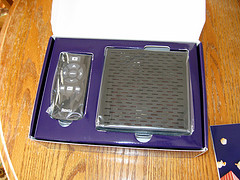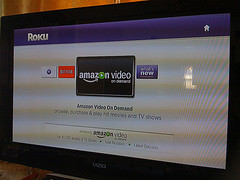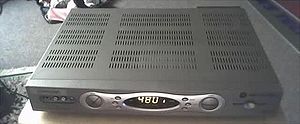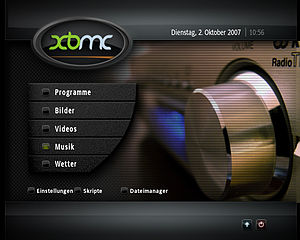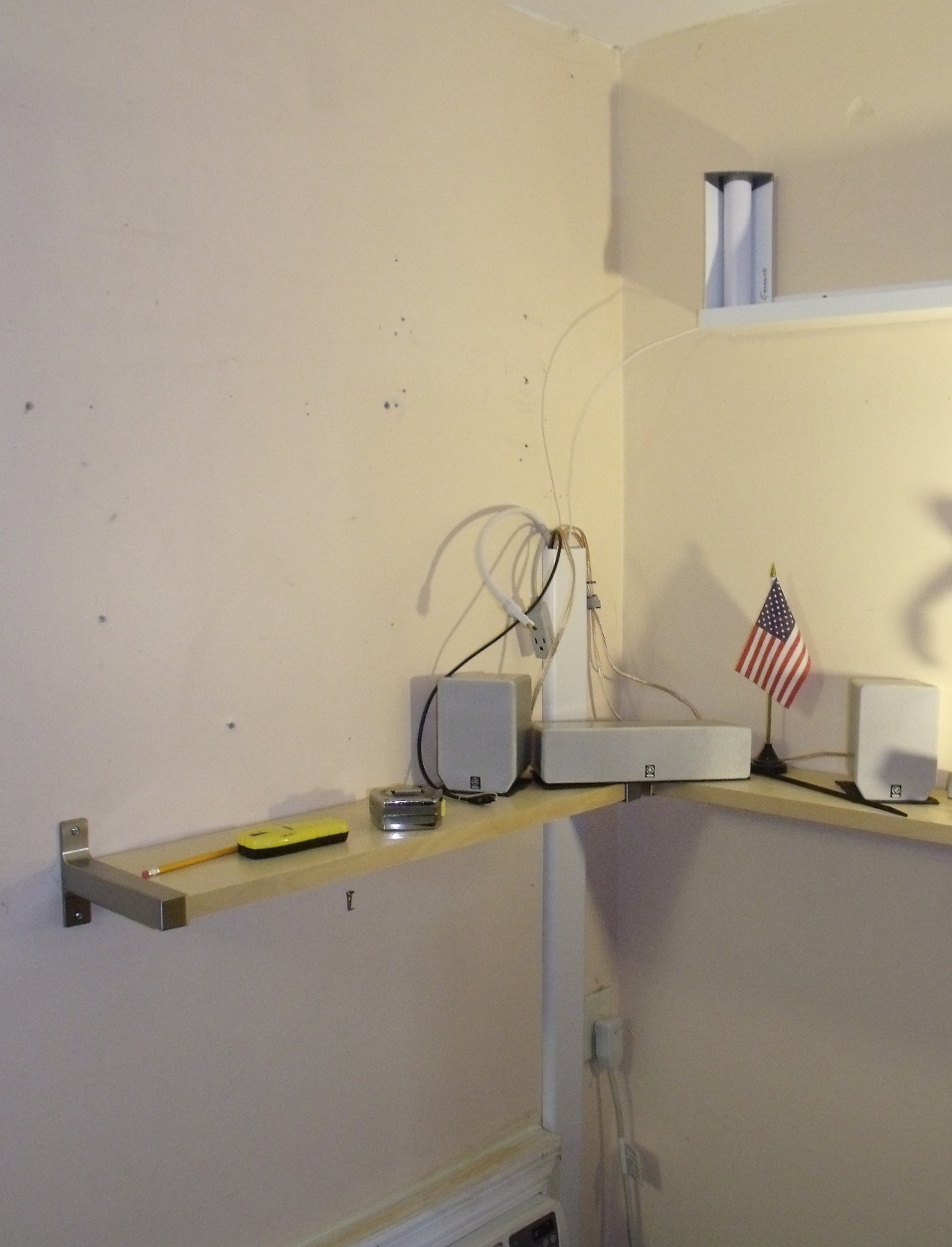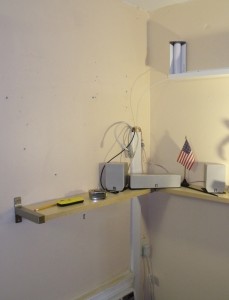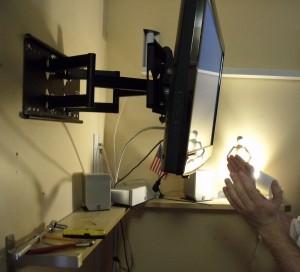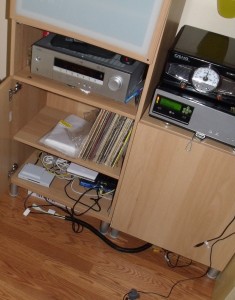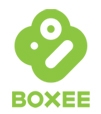
- Image via CrunchBase
We’re big fans of Boxee here. We don’t use it on a daily basis(partly because of the issues with using it under Fedora Linux). We’ve been at every Boxee New York City event, we’ve annoyed their CEO.
Boxee is a media center application with a 10-foot interface designed for full sized televisions. As it began, there was an emphasis on socialization. Boxee has a lot of advantages. It has wonderful codec support for playback. But as Boxee moved toward a commercial model, playing local content was moved to the side, along withsocialization. People seem to speak less of those aspects nowadays.
Boxee turned to focus on streaming content, becoming popular for individuals looking for a new Hulu interface. Boxee played a game of cat and mouse with Hulu. Until the D-Link Boxee Box came along, and they announced that they would be putting Hulu Plus on. This logically means that the game is up. Even though Hulu offers content for free, Boxee, like many boxes, will likely support only the paid version.
Vudu and Netflix, showstoppers, are delayed and will hopefully arrive on the Boxee Box soon enough. That hasn’t stopped Boxee from expanding. At CES this week, Iomega announced a Boxee device that includes a hard drive. Viewsonic announced a TV set including Boxee.
CBS Interactive announced it will make full episodes available for purchase through Boxee. It is certainly a big move for Boxee. But they have gone from challenging the status quo to working with them. Working with CBS is certainly better in the long run. Working with content providers to get them to willingly put their content on TV is a better long term solution than creating apps that may stop working at the whim of said providers.
On the other hand, they may lose some of their devoted fanbase in the process. If every service costs money, then the value of purchasing a a dedicated device for several hundred dollars is lessened. One thing though…it’s still cheaper than cable.
Related articles
- Boxee makes deal with CBS for digital content sales (engadget.com)
- Viewsonic introduces the first TV with Boxee (& Intel) inside (engadget.com)
- New York’s Boxee Is Killing It at CES (observer.com)
- Netflix and VUDU not hitting Boxee Box till January… as if you couldn’t have guessed (engadget.com)
- Boxee Box Available for Pre-Order, Ships Nov. 10 [Boxee] (lifehacker.com)

